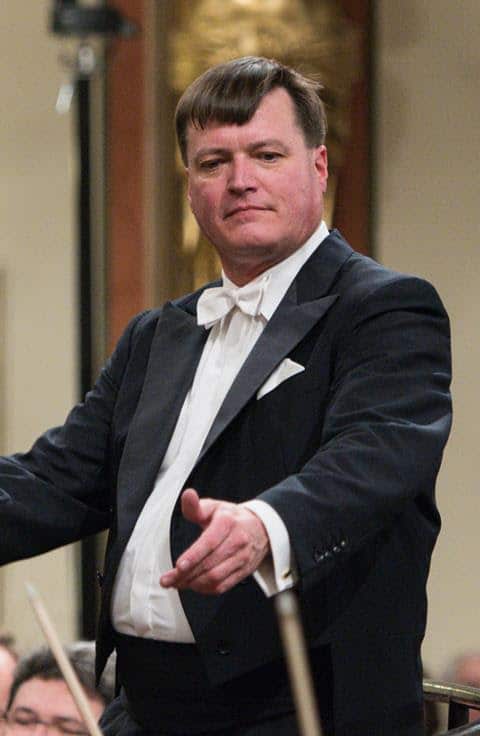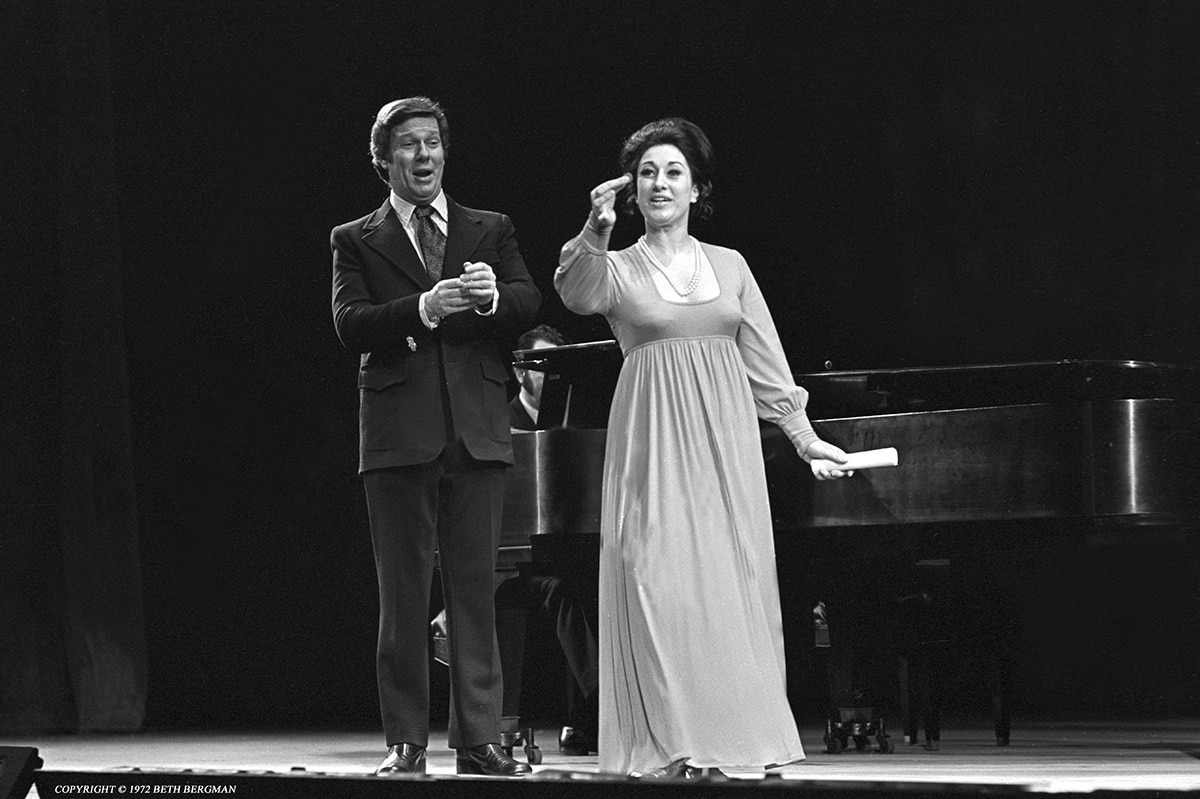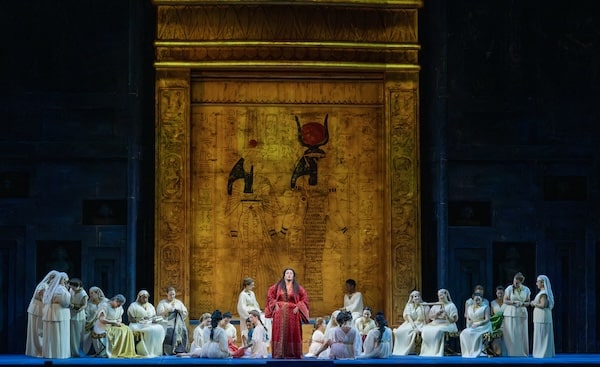UK orchestras play more, earn less
mainBritish orchestras are giving more concerts and making less money, according to a survey by their trade organisation, the ABO.
The ABO version:
The report, commissioned by Association of British Orchestras (ABO), which will be launched at their annual conference, compares their performance since a similar survey three years ago and shows how they last year:
delivered 7% more concerts and performances compared to 2013
visited 42 foreign countries, compared to 35 in 2013
reached almost 900,000 children and young people, a 35% increase on the previous survey
The survey also shows how, despite these achievements, orchestras actually earned less money. This, combined with public funding cuts of up to 11% had left them with a 5% drop in their total income.
The unexplained bit: every symphony orchestra loses money on public concerts – an average £30,000 loss in London. The Royal Festival Hall (below) is playing to a shrinking classical attendance. So why give more concerts unless you have the means to do so?
What part of the equation are we missing here?






But the report says audiences aren’t dwindling, but growing, Up 3% in 2016, on top of 16% increase in 2013.
What does the report say about attendance per concert (up or down), and how is “audience” in the “up 3%” defined – ticket-buying public, or ‘people reached’, including the children reached in education work?
Is average ticket revenue up or down?
It’s the ticket-buying public. The number for young people reached is additional.
This demonstrates that a new concert hall in London is not needed! A white elephant! The money could be far better spent on other arts projects.
Or perhaps it just demonstrates that the RFH, with its poor acoustics, is not needed. The RFH seems determined to minimise its association with classical music as much as possible. This might also be a factor.
The new concert hall is about hearing the orchestra properly, not increasing capacity.
Another suggestion. The young people that orchestras should be attracting are used to hearing most of their music recorded in (theoretically) perfect conditions. It has been reported before that some of them find the live experience disappointing or, at least, not what they expected. Good quality halls are need now more than ever.
Not necessarily, whilst I must say I remain unconvinced about the proposals so far for a new hall, this could just be a sign that awful halls lead to decline, regardless of the sums of money poured into them. Or a sign that we should invest more in music in order to obtain real benefits (for example see https://www.theguardian.com/education/2016/oct/24/want-to-train-your-brain-forget-apps-learn-a-musical-instrument). I said at the time that the RFH renovation would set back the cause of music in London for half a century and I stand by this view. The hall should have been replaced and the problem is that once such a thoroughly wrong course has been taken it is so hard to move in the right direction.
As I’m sure you know, the RFH is a listed building. That would have made replacement difficult but not, I believe, impossible, as I understand it can be overridden in certain circumstances.
I think the knee-jerk “white elephant” objectors must share some of the blame for this situation. I suspect London resorted to a “make do and mend” solution to keep the project under the radar of the tabloids, resulting in a third rate result. The organ could perhaps have been recycled, as it was totally dismantled in any case.
I clearly remember the WNO “opera house” vitriol. Whatever you do, don’t use the “O” word.
“Make do and mend” solutions seem to be a British speciality.
It makes more sense to spend £200m on a first rate hall than waste an entire £100m on “improvements” that don’t work, IMO.
Agreed Adrienne, I think a dedicated space devoted to music including a first rate concert hall, would increase attendance. I’ve often (perhaps naively) thought that we already have a great concert hall in Birmingham, Why not copy it and build in London. You wouldn’t have to go to great expense in design fees if the basic design is already there… just find a space and build the bloody thing!!!! Regardless of whether it’s a vanity project for Simon Rattle or a condition of his taking up the LSO, if he can get a great concert hall built in London, I’ll be forever grateful, because the current halls (with the possible exception of the RAH for big choral works) are simply not good enough.
I think I read somewhere, perhaps here, that Simon Rattle’s “vanity” hall in Birmingham was closely based on a design used in Dallas.
Sensible decision.
If one had €400 million (Paris Philharmonie) to €800 million (Elbphilharmonie) to invest in classical music, what is the best long term investment?
In a hall? In education? In spreading it among as many groups as possible?
The problem is, there is never a study on the returns-on-investments of classical music spending.
Some are impossible to quantify — how do you show that investing in children’s education resulted in increase in ticket sales 25 years later?
But some things are very quantifiable — Paris and Hamburg, etc, need to provide annual reports and a projection of when (if ever), they would recoup their initial investments.
Beautiful acoustics may make musicians and audience happy, but is that alone reason enough to spend £500 million on?
In order for the Elbphilharmonie to recoup its initial €800 million investment, it’d have to operate with a profit of €1 million every year for the next 800 years.
At least for Paris, it just has to wait 400 years while making annual profits of €1 million.
It is impossible.
Investments in concert halls never make their money back.
The orchestral performance culture is not here to make financial profit. It has quite another aim and that costs money. When society no longer wants to cultivate their monuments, be them physical or spiritual, it does not deserve them.
Based on a design used in Dallas ? ? ? Not exactly. See also Lucern,Singapore etc etc,and before Dallas Colorado Springs etc etc, a continuing gestation process. Suggest you visit ARTEC webite
OK then, a design connection.
They certainly look strikingly similar. ARTEC was involved in both.